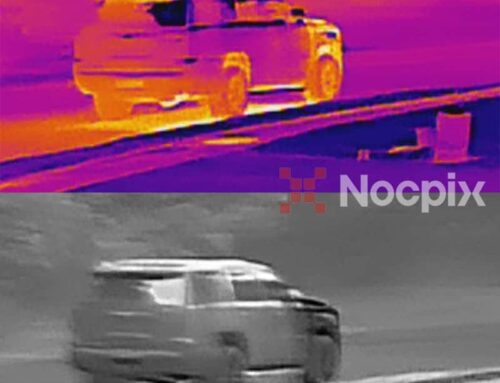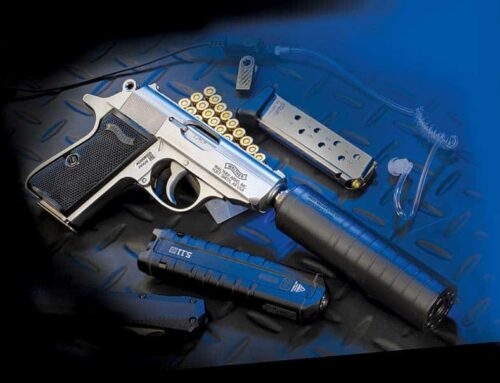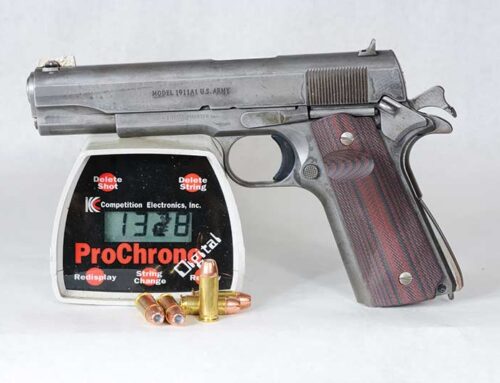I’ve always been a big fan of .357 Sig caliber. Yeah, I know, it’s got more recoil and muzzle blast than 9mm. On the other hand, it comes darn close, and sometimes matches, the performance of the classic 125-grain .357 Magnum round. It’s hard to argue with the effectiveness of that cartridge.
The good news is that .357 Sig is a whole lot easier to manage than .357 Magnum. Part of the reason for that is that it runs from a semi-automatic pistol, so much of the recoil is mitigated by redirection of energy into the ejection, recocking, and reloading process. While energy never disappears, all that semi-automatic motion draws out the recoil impulse, so it feels reduced.
There are a couple of other “built-in” benefits. It’s a bottleneck cartridge design, like a short and stubby rendition of .223 Remington, .308 Winchester, or .30-06. When used in a semi-automatic, that aids reliable feeding. You’ve got a small, necked-down bullet going into a much larger hole in the chamber, and the angled profile makes feeding effortless. Additionally, the basic case dimension is similar to that of a .40 S&W, so .357 Sig fits into the same handgun form factors as the .40 S&W cartridge. In fact, with many pistols, you can convert from .40 S&W to .357 Sig (and back) with nothing more than a barrel swap, although sometimes you’ll need to change the recoil spring too. The same magazines almost always work with either cartridge.
With all that said, it seemed appropriate to test the Sig Sauer Elite Performance V-Crown .357 Sig ammo with a pile of Sig Sauer handguns. I initially started with a Sig Sauer P229, P226, and P320 Full Size; all chambered in .357 Sig. After some basic accuracy testing, it quickly became apparent that the new P320 modular polymer gun outshot the classics, so I continued with that. Yes, you heard me right, accuracy was noticeably better with the plastic fantastic P320.
Features
The Sig Sauer V-Crown line uses a proprietary hollow-point design. Referred to as a “stacked” hollow-point, you can think of it as a visible “V-shaped” cavity with a narrower, and deeper, hollow area under that. Cuts in the jacket and lead core are designed to create specific expansion and penetration performance.
The case itself is coated with something called Ducta-Bright 7a. It’s a nickel coating that provides a little bit of built-in lubricity for improved feeding. It also prevents corrosion and tarnishing over time. The bright and shiny cases are also easier to see in low-light conditions.
The powder blend is formulated to minimize flash, another nod to shooting effectively in lower light environments.
Velocity
Sig rates the 125-grain V-Crown hollow-point ammo at 1,356 feet per second which yields 506 foot-pounds of muzzle energy. I decided to measure velocity on my own her in the hot and humid conditions of South Carolina. Setting up a Shooting Chrony Beta Master Chronograph 15-feet down range, I fired ten shot strings through it from the Sig Sauer P320 to obtain average velocity measurements. As a side note, this P320 has a 4.7-inch barrel, so I expected speed to measure on the higher side.
I measured an overall average of 1,415.6 feet per second. The extreme spread between fastest and slowest shot recorded was 88 feet per second. If you do the fancy math, that works out to 28.85 standard deviations.
Read the rest at GunsAmerica.









Leave A Comment